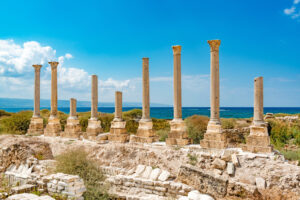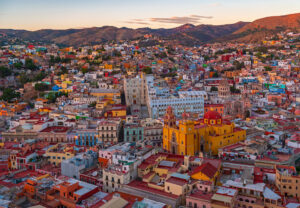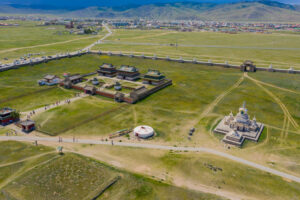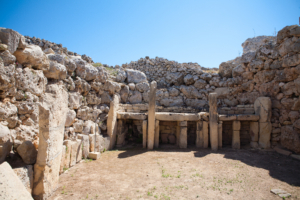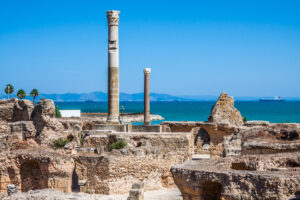| Registration Classification | cultural heritage |
| Registration Criteria | (1),(2),(4),(6) |
| Year of registration | 1987 |
Pisa is a regional city in Tuscany. It was once a city-state that prospered through Mediterranean trade as the Republic of Pisa. The Leaning Tower of Pisa (bell tower) on the outskirts of the city is world famous. The cathedral (Duomo), baptistery, and cemetery (Camposanto) around the Leaning Tower greatly influenced Italian architecture from the 11th to 14th centuries.
Here, a World Heritage enthusiast explains why Piazza del Duomo in Pisa is a World Heritage Site in an easy-to-understand manner. Read this and you will definitely learn more about Piazza del Duomo in Pisa!
What is Piazza del Duomo, Pisa?
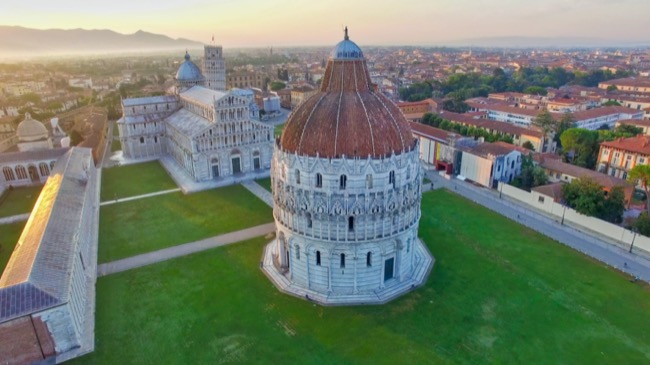
Pisa, located in western Tuscany, Italy, was once a prosperous Mediterranean maritime state that consolidated its position on the Mediterranean Sea route with a victory in 1063 at the “Battle of Palermo” against the Saracens, who were then engaged in piracy in the Mediterranean Sea. The city earned enormous wealth through trade, and magnificent buildings were constructed in Pisa, its own base of operations. These remain today as the world-famous Leaning Tower of Pisa (bell tower) and the Cathedral (Duomo).
These were built around Piazza del Duomo between the 11th and 14th centuries, and show the development of architectural techniques from the Middle Ages.They were built in the Romanesque style, but there are also parts that are a mixture of Byzantine and Gothic styles.
Registered Major Components
Belfry (Leaning Tower of Pisa)
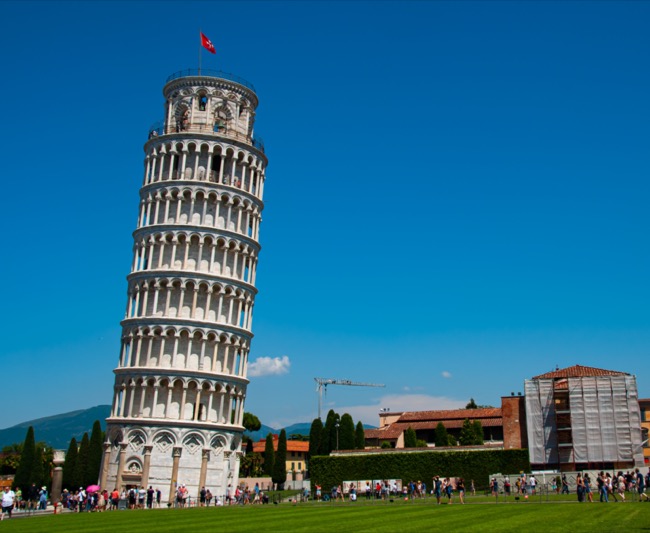


Construction began in 1173 and was completed in 1372. It is 55.86 meters high and has 296 steps. What makes this tower famous is its “tilt”. It is said that the tower had been leaning since its construction began due to the soft ground. The tower was adjusted to be level little by little by raising the leaning side. Although the current angle is about 4 degrees, it used to be tilted as much as 5.5 degrees.
One famous episode at the tower is the legend that Galileo Galilei dropped two objects from the top of the tower at the end of the 16th century and discovered the law of falling bodies. The theory that he did not actually experiment here is valid, though, he was from Pisa and worked as a university professor, so it is certain that he discovered the law here.
Cathedral (Duomo)
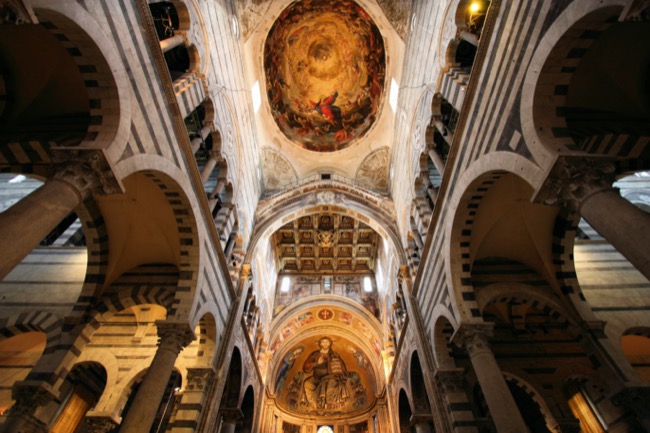


The oldest structure in the square, with Romanesque as its main axis, although some Byzantine style can be seen inside the cathedral; built in 1063 to commemorate the defeat of the Saracens by the army of Pisa in Palermo.It is made of white marble and shaped like a Latin cross. The pulpit was made in the 14th century by Giovanni Pisano.It is famous for its reliefs depicting scenes from the New Testament.
The architectural style of the cathedral in Pisa has been used as a model for other Tuscan cities.
Baptistery
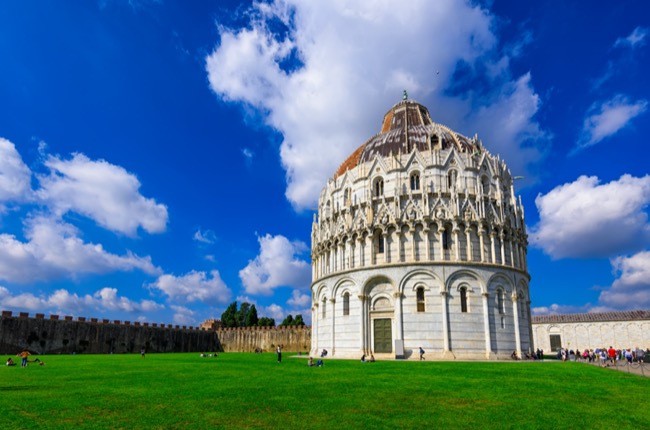


A cylindrical structure in front of the cathedral.Construction began in 1152, but it took more than 200 years to complete. Like the cathedral, it was built in the Romanesque style.It was built in the Romanesque style, like the cathedral, and later a Gothic spire was added only to the upper part.
Cemetery (Camposanto)
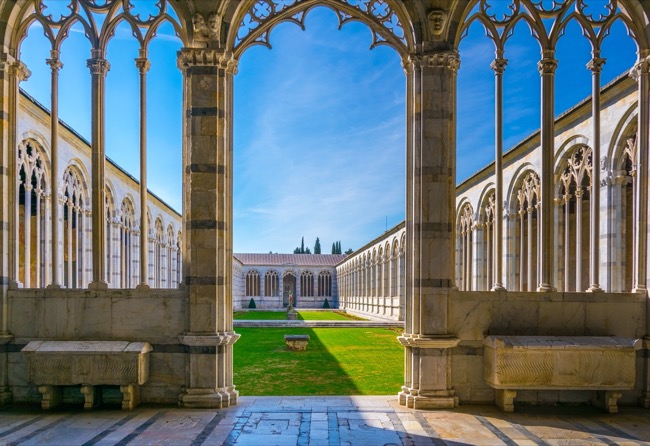


The cemetery is located in the northern part of the cathedral.Although it is a cemetery, it is a beautiful Romanesque building with a cloistered courtyard, and there were frescoes painted in the 14th century, but most of them were lost due to damage caused by World War II.
For what reason is Piazza del Duomo, Pisa on the World Heritage List?



Piazza del Duomo in Pisa was evaluated by
Registration Criteria (i)
The Leaning Tower, Cathedral, Baptistery, and Cemetery are architecturally stunning, but the interior is also home to many world-famous works of art and other artifacts.
Registration Criteria (ii)
That Pisa’s architectural style and art influenced the surrounding islands through trade routes when Pisa was prosperous from the 11th to 13th centuries, and mainly Tuscany in the 14th century.
Registration Criteria (iv)
The fact that Pisa’s Piazza del Duomo is composed of medieval Christian architecture.
Base registration level (vi)
Legend has it that Galileo Galilei discovered and experimented with the law of falling bodies in Piazza del Duomo in Pisa, and that it is also regarded as the site of important discoveries in the history of science.
Conclusions and Impressions of a World Heritage Maniac
The Leaning Tower of Pisa and the Cathedral are symbols of the prosperity of Pisa, which once dominated the Mediterranean Sea, and the architectural style of the Cathedral was transmitted not only to Tuscany but also to the surrounding area through the sea.Although it is now denied, it is also credited with being the inspiration for Galileo Galilei’s discovery of the law of falling bodies.
Incidentally, while the Leaning Tower of Pisa is the most leaning tower in the world, there is a leaning tower in the United Arab Emirates that leans more than Pisa.The Capital Gate Building in Abu Dhabi, the capital of the United Arab Emirates, is famous for its 18-degree tilt, which is listed in the Guinness Book of Records. This is a deliberate addition to the tilt, though.
*The contents here are considerations derived through research by World Heritage enthusiasts.As for the data, interpretation differs depending on the media.

